Search Results for Tag: Tromso
Arctic Frontiers: Humans in the Arctic
“Development in the Arctic: Upcoming opportunities and challenges and how they may be met to ensure viable economic growth and societal and environmental sustainability”. That’s what’s on the agenda at this year’s Arctic Frontiers conference in Norway’s “Arctic Capital” from Jan. 19th onwards. If you think that sounds like a tall order – you’re not the only one. And it provides unlimited scope for debate and exchanges of opinion. The Arctic is changing fast, with the region warming at least twice as fast as the global average. Political and economic interest in a region that was once regarded as a remote white wilderness at the “back of beyond” is growing rapidly and continuously now that climate change is opening shipping routes and the possibility of accessing oil, gas and minerals more “easily”. Easily in inverted commas because the region remains dangerous, with cold temperatures, winter darkness and still plenty of ice and snow.
Is economic growth and development in the Arctic compatible with protecting traditional lifestyles and the fragile ecosystems up north? I expect to hear some very differing views on that in Tromsö over the coming week. In the media here in Germany, there has been a spate of reports recently on the possible benefits of climate change to people in the High North. Fish moving up from the Atlantic, employment in oil and gas exploration and mining, improved growing conditions for food are amongst the benefits talked about. At the same time, concern continues unabated over the possible environmental impact of pollution from increased commercial and industrial activities.
The number of government ministers attending the Tromso event suggests the level of interest. The host country Norway is sending the Prime Minster Erna Solberg and the ministers for Fisheries and Health. There is bound to be a lot of interest in the speech by Greenland’s Prime Minister Aleqa Hammond, following controversial decisions and debates about uranium mining and other issues. Of course Greenland has a huge interest in development to fund possible independence from Denmark. Finland and Iceland will be represented by their Foreign Ministers. The Chair of the Inuit Circumpolar Council, Aqqaluk Lynge and the President of the Sami Parliament of Norway Aili Keskitalo will be representing indigenous Arctic peoples on the podium at the policy sections.
Here in Germany I have found a heightened interest in coverage of Arctic issues, which were once regarded as very much “off-beat” and of specialist interest. I will do my best to provide that from Arctic Frontiers in Tromsö here on the Ice Blog, on twitter @iceblogger and on www.dw.com over the next week.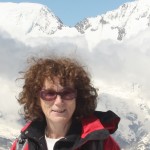
Some more background reading from me:
Russia and Canada rippling muscles in the Arctic?
Greenpeace versus Russia – the tip of the iceberg?
All Eyes on the Arctic Council
Business opportunities boom in the Arctic
More Arctic weather in a warming world?
Polar ice sheets melting faster than ever
Polar ice tipping points
As I get ready to head up to Tromso for the Arctic Frontiers conference and prepare my accreditation for the next routine round of climate talks here in Bonn in March, I find myself with plenty of food for thought.
It seems like not that long ago that scientists were telling us that although the Arctic is clearly melting fast, there was no need to worry about the Antarctic ice melting. But for the past 15 years or so, scientists have been observing that glaciers in West Antarctica are out of balance. Ice shelves have been breaking off and the calving fronts of glaciers have been retreating, draining huge amounts of ice into the ocean. This week I was interested and concerned to read about the results of a modelling effort, using 3 different types of model, indicating a key Antarctic glacier was melting irreversibly.
(Map courtesy of Deutsche Welle)
The Pine Island Glacier in the Antarctic hit the headlines last year when a giant iceberg broke off it. It is a key glacier because it is actually responsible for some 20 percent of the total ice loss from the region. Now scientists have found the glacier is melting irreversibly – with dramatic consequences for global sea levels. For an article for DW entitled Antarctic’s glacier retreat unstoppable, I interviewed Gael Durand of the French University of Grenoble, one of a team of scientists who have just published the new study: “We show that the Pine Island Glacier will continue to retreat and that this retreat is self-sustaining. That means it is no longer dictated by changes in the ocean or the atmosphere, but is an internal, dynamic process”, Durand told me. This will mean an increasing discharge of ice and a greater contribution to global sea level rise. “It was estimated at around 20 gigatons per year during the last decade, and that will probably increase by a factor of three or five in the coming decade. That means this glacier alone should contribute to the sea level by 3.5 to 10 millimetres a year, accumulating to up to one centimetre sea rise over the next 20 years. For one glacier, that is colossal”, says Durand.
I called up Angelika Humbert from Germany’s Alfred Wegener Institute for Polar and Marine Research (AWI) to get an expert opinion on the significance of the new research. She told me 1cm over 20 years would be an “extremely high” amount. The glaciologist, who is also working on models for the Pine Island Glacier, stresses that all models include a degree of abstraction and uncertainty. However, her work also indicates that the glacier will make an increasing contribution to sea level rise in the coming years and describes the new study as a “considerable advance on the results of research to date.” Humbert says the results could well be applied to other glaciers of the same type.
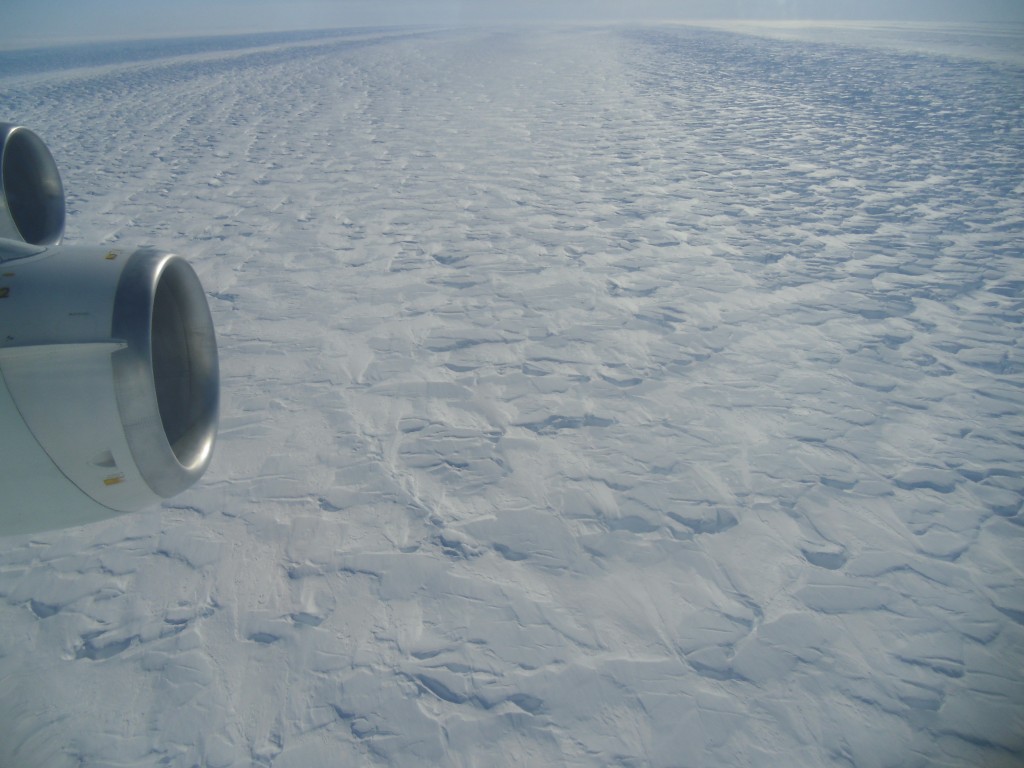
Angelika Humbert from AWI took this picture flying over the Pine Island Glacier in a NASA DC8 as part of the IceBridge campaign in 2011
Durand’s new study shows that the glacier is now flowing at a rate and in a way that makes the process irreversible. Even if the air and ocean temperatures cooled off to what they were a hundred years ago – which is in no way likely – Durand is convinced the glacier would not recover. Durand says the study should arouse concern because the glacier has passed a “tipping point”, a much discussed concept in climate science. “That means because of our behaviour, our climate is changing and will continue to change a lot. I think it is one of the first times we are passing these tipping points.”
The scientist compares the situation to that of a cyclist coming down from the top of a mountain and unable to brake: “We have to fear that the retreat will continue, that other glaciers in the region will start to do the same, and that we will have a collapse of this part of the ice shelf. That would take centuries, but it would mean a rise of several metres in sea level.”
The last report by the Intergovernmental Panel on climate Change (IPCC) warned of the implications if the glaciers of West Antarctica were to become unstable. “Here,” says Durand, “we have proof that that is already happening with this one.”
At the Arctic Frontiers conference two years back, I heard a lot of interesting discussions about climate tipping points. Professor Carlos Duarte Directorof the Oceans Institute at The University of Western Australia and Research Professor with the Spanish National Research Council (CSIC) talked to me at length about tipping points. Let me quote him briefly:
“Tipping Points – or thresholds – are levels of pressures beyond which small response of a property of interest becomes abrupt. Once a system or ecosystem or earth system crosses beyond a threshold, the changes, e.g. in the extent of ice or rate of warming, accelerate greatly, and once the threshold is crossed, it is sometimes very difficult to return to the original state even if pressure is released or reduced.”
We discussed the possible tipping points and warning signs outlined in a key piece of research by Timothy Lenton and others. Some would argue that tipping points have already been crossed in the Arctic region, which is known to be warming at least twice as fast as the rest of the earth. One of Lenton’s other key factors is the West Antarctic ice sheet becoming unstable. Now the “eternal ice” down south could be reaching a kind of “tipping point” in places. Yes, I know this only applies to a particular region of the West Antarctic, but the implications of irreversible glacier melt there are already huge. Greenland and that West Anarctic ice sheet play a key role in storing masses of fresh water, which would have huge implications if they melted. With marine glaciers, like the Pine Island Glaciers, the melt of white ice to expose more dark ocean surface underneath would further increase warming by absorbing solar heat instead of reflecting it back.
With the EU in the news today for considering moving away from binding climate targets, and little progress in sight towards an effective new climate agreement scheduled to be agreed in Paris in 2015, this all puts me in a pensive mood, as I get ready to head north and focus on the implications of the changing climate for “Humans in the Arctic”.
Norway focuses on “Humans in the Arctic”
With the Annual “Arctic Frontiers” conference in Norway’s “Arctic capital” Tromsö looming large on the horizon from January 19th to 24th, I was interested to see that the conference theme of “Humans in the Arctic” was the subject of an event held by the North Norway European Office in collaboration with The Arctic Institute and Maritimt Forum Nord.
Those of us who are too far away to be able to drop in to seminars like this ahead of the big event can thank Kathrin Keil and Andreas Raspotnik from the Arctic Institute for keeping us up to date with a short report summarizing the event.
It is not surprising to see an increase in the number of conferences and seminars on Arctic development, given the climate-change related changes to the region which feature here on the Ice Blog. I have the sense that there is considerable competition between different Arctic players on all levels to become the focus of development activities.
In the event report, Raspotnik and Keil refer to the “Tromsö High North Cluster”. According to Anne Husebekk, the rector of the University of Tromso (UiT), as quoted in the paper, “The Tromsö High North Cluster can play a crucial role in providing the necessary knowledge for sustainable development in the Norwegian Arctic”. On my visits to Tromsö, I certainly had the feeling that people were working hard at this.
In my last blog post I mentioned the campaign underway to establish an EU Arctic Info Centre in Rovaniemi in Finland.
Understandably, all the Arctic states are keen to have a large chunk of the cake and stress their own expertise and infrastructure. But in an area like the Arctic, international cooperation is clearly essential.
Oil and gas drilling and increased shipping are usually the first issues that come to mind in connection with Arctic development, with all the safety, logistic and environmental challenges they bring with them. But the High North is also a key area for fishing, an activity which may not exactly benefit from extended industrial or commercial activity, not to mention the pressures from climate change. One point that attracted my attention in the conference report was a presentation by Trygve Myrvang, Managing Director of the Norwegian Fishermens Sales Organization, looking at the sustainability of fish stocks in the Norwegian North and factors affecting it. “Myrvang underlined the necessity of cooperation between the fishery and energy industry in the High North, both interested in the same offshore areas, say Raspotnik and Keil.” Indeed. Interesting times ahead. And plenty of scope for discussion at Arctic Frontiers. The Arctic Institute will also be holding a side event on “infrastructure-related challenges in the Arctic”. There is certainly no shortage of those. I hope I can be there to join the forum.
Moving on

A last look at Arctic Tromsö for this time.

Mind your step?
The Arctic Frontiers conference came to an end in Tromsö on Friday with more presentations and q/a sessions on different aspects of scientific research and findings on the region, from deepsea observatories to melting permafrost and the problems of climate change for indigenous peoples, including reindeer-herders in Arctic areas.
The papers are all available online.
Pick up some scientific papers from Arctic Frontiers
Meanwhile there’s been no stop to developments on climate change in the headlines. President Obama is going full speed ahead with his plans to tackle climate change.
The German government has reached an agreement on a (highly controversial)package to make people scrap their old cars, buy new ones, and – ideally, in theory – reduce emissions.
The German government has also given the go ahead for the iron fertilization experiment in the Antarctic we were discussing before I left for Tromso.
Latest on iron
WWF and others are protesting. There have been some alarming measurements of warming in the Antarctic. The new international Renewable Energies Agency has been launched. And WWF has come up with a new study on the economics of combatting climate change.
The Ice Blogger could blog on all day. Instead, I’ll leave you to check out the links and enjoy a couple of pics of the amazing colours of Arctic Norway from the air.


No going back for the Arctic

(No emissions from this one for a while)
Professor Jean-Claude Gascard from the Université Pierre et Marie Curie in Paris, heads the EU’s Damocles project, identifying the challenges from climate change. He gave a very sobering summary of the state of the Arctic sea ice and confirmed there is virtually no chance of reversing the current warming trend. Only several extremely severe winters could do that, and the scientific community is not expecting that.
Scientists tend to be reluctant to come out with anything they can’t prove, and Prof. Gascard summed up the main elements behind this conviction. Sea ice extent, depths, age and drift are key factors, as well as the air temperature and the number of “freezing degree days”.
By 2002 the ice was at a minimum based on some 50 years of observation. In 2005, there was no “replenishment” of older, multi-year ice exiting the Arctic ocean. This, Prof. Gascard describes as a “tipping point”.
The ice thickness has decreased over a wide area from more than 3 metres 20 or 30 years ago to around 1.5 metres. I remember my trip out on the sea ice in Barrow, Alaska, with Dr. Chris Petrich and the Climate Change College “ambassadors”. I can hear Erika Naga reading out the measurement “1 metre 40”, and the Inupiat telling us how it used to be much thicker.
The ice is melted in various ways: through warmer water from the Atlantic and Pacific underneath, heat from storms and increased radiation from above.
2007 of course was the year that really made everybody wake up. When the Alfred Wegener Institute’s Polarstern went out to set up ice platforms, there was no ice in their target area. The Tara, which has been frozen in and drifting with the ice to compare ice drift with the “Fram” expedition has been drifting three times faster than her predecessor. And the sea ice reached its minimum. 2008 saw almost the same negative record.
Sea ice reflects much more heat back into the atmosphere than water, (albedo effect) which is much darker and absorbs it, exacerbating the warming, in what’s called a “feedback loop”. Again, I was reminded of our trip on the Chukchi Sea with Chris Petrich from the University of Fairbanks, Alaska, who is collecting data on this to be put into global models.
And the number of “freezing degree days” has dropped massively in the last few years.
Professor Gascard’s summary of all this is available online on the Arctic Frontiers site.
And if you have the time and the inclination, have a(nother?) listen to the feature on my trip onto the sea ice with the Climate Change College.
Tromsö today (the days are getting lighter):




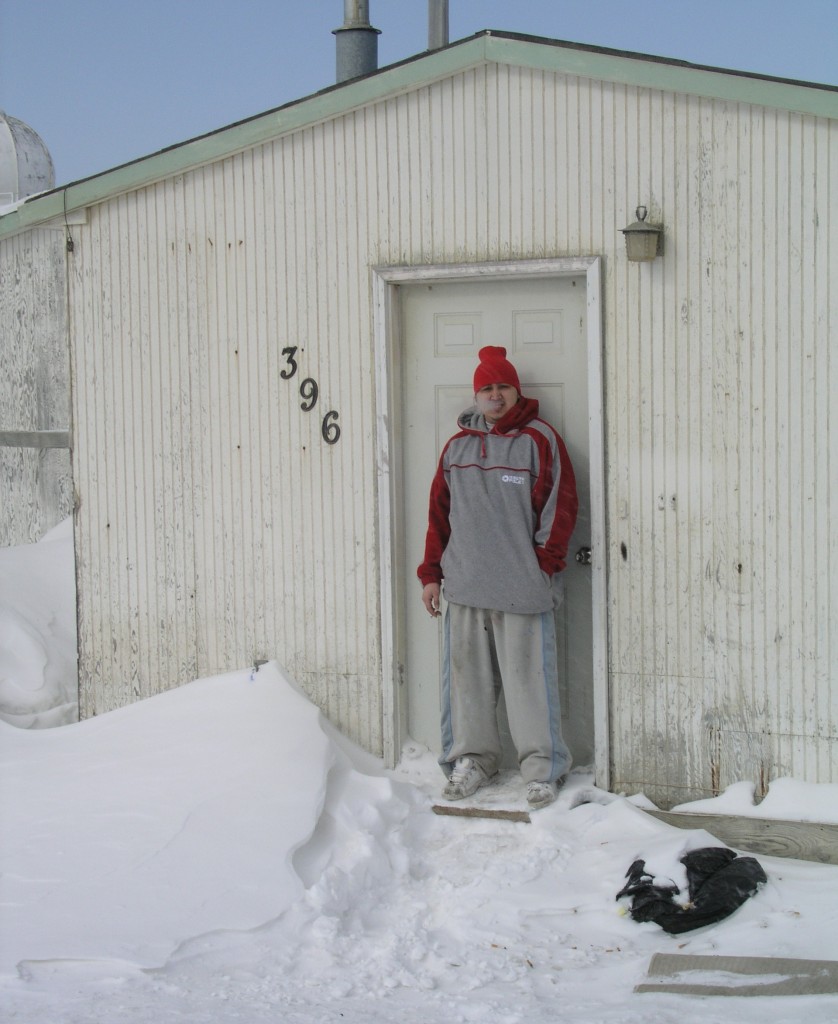


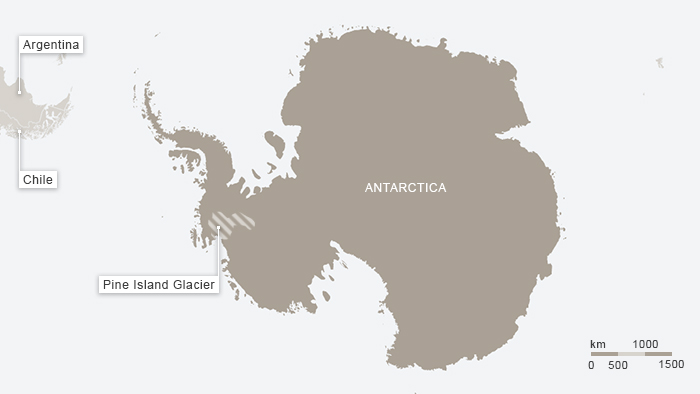
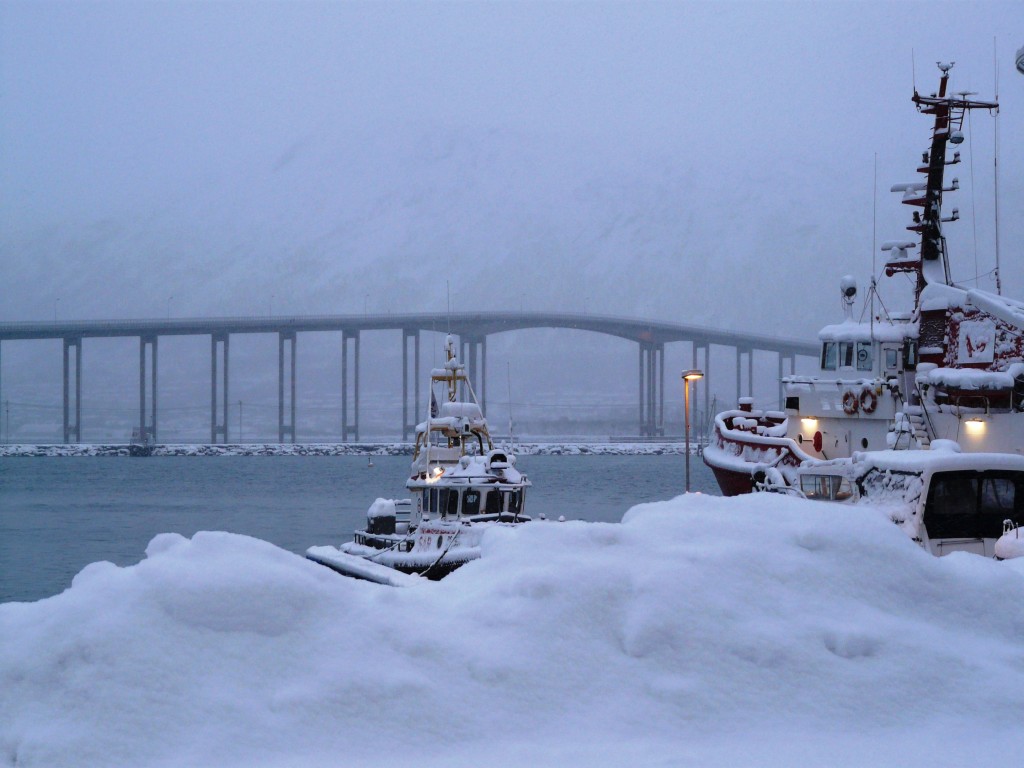
















Feedback